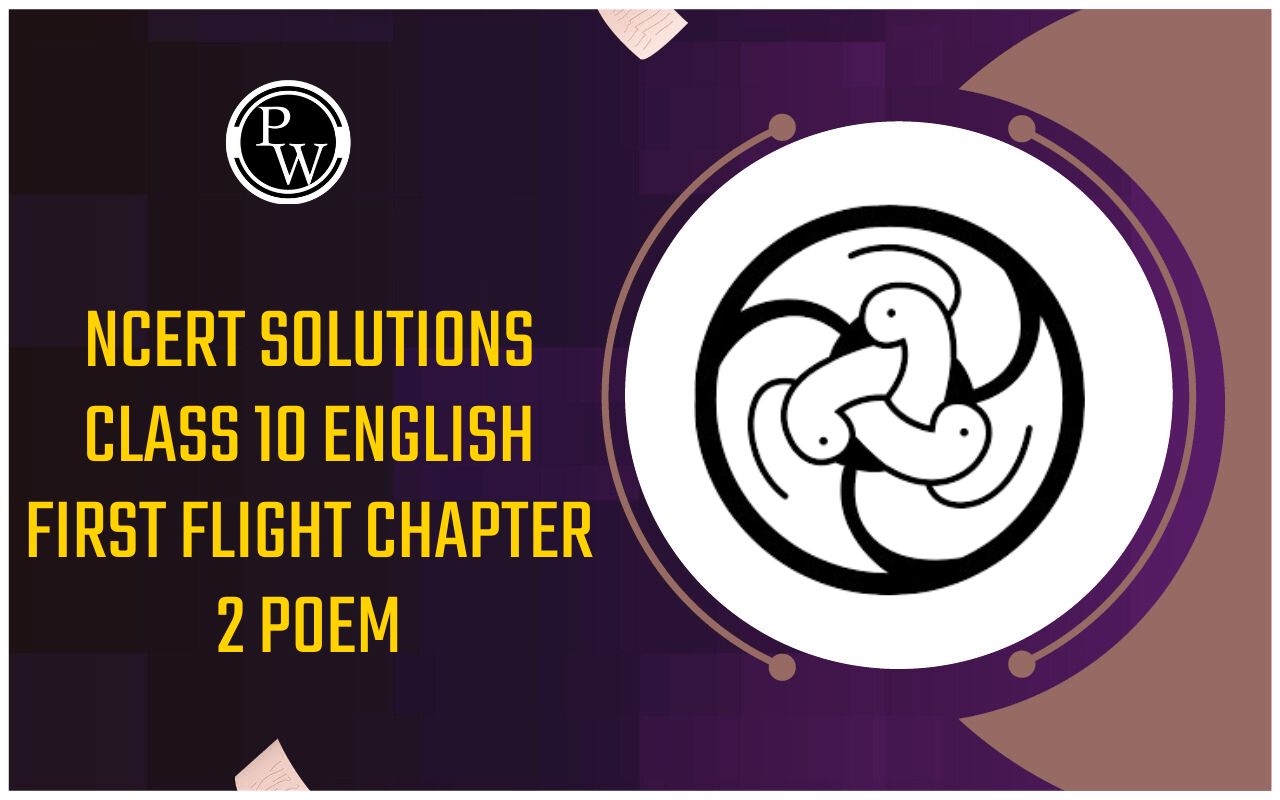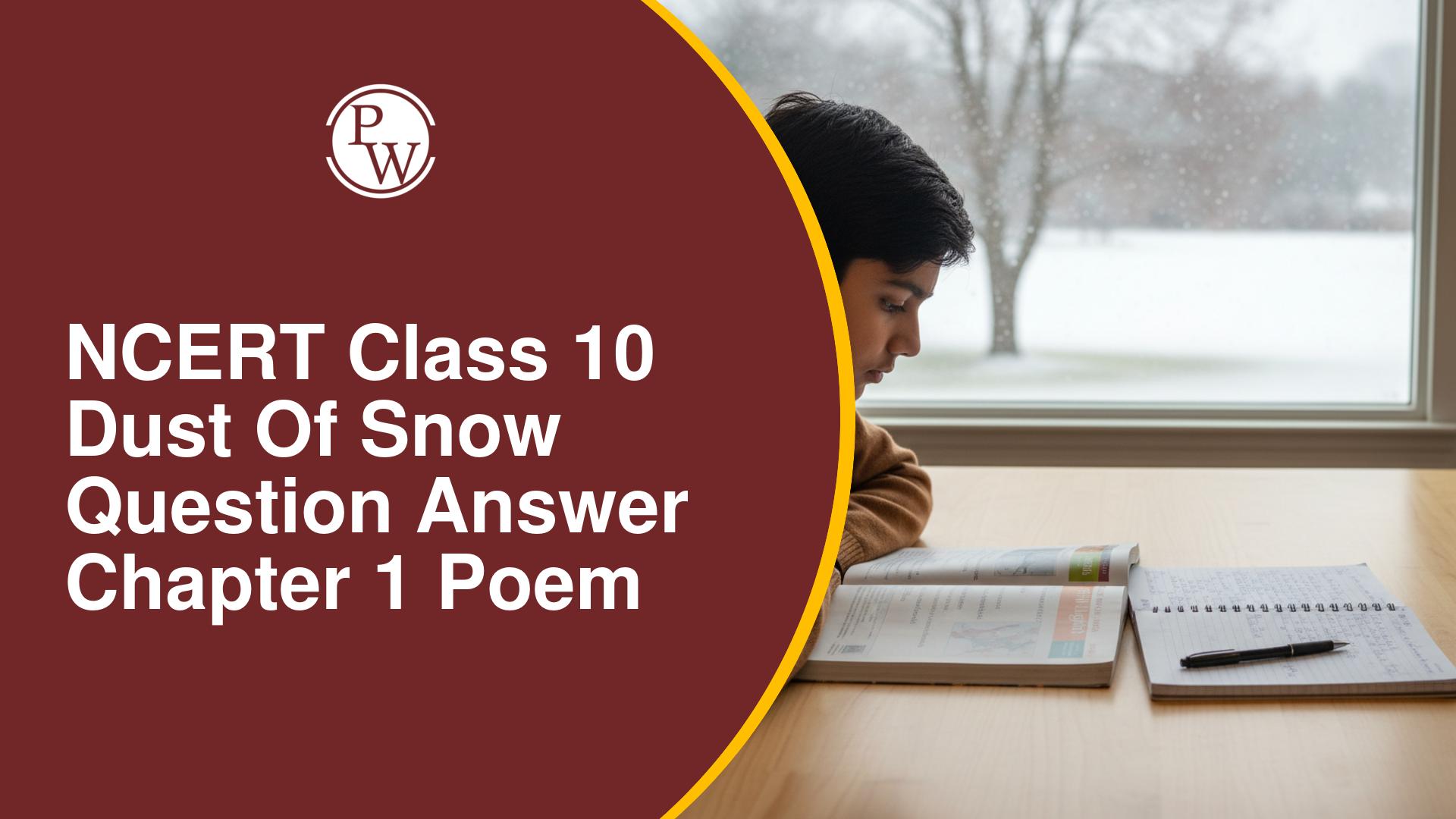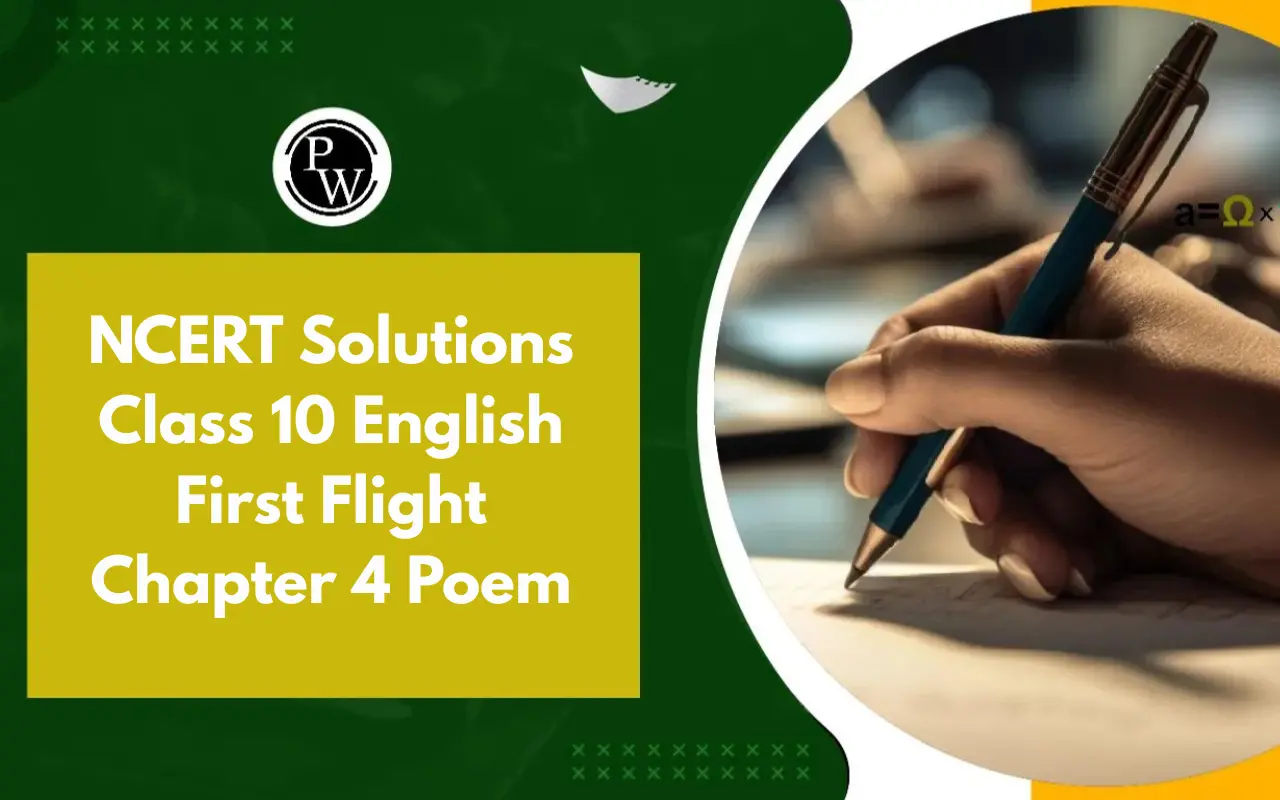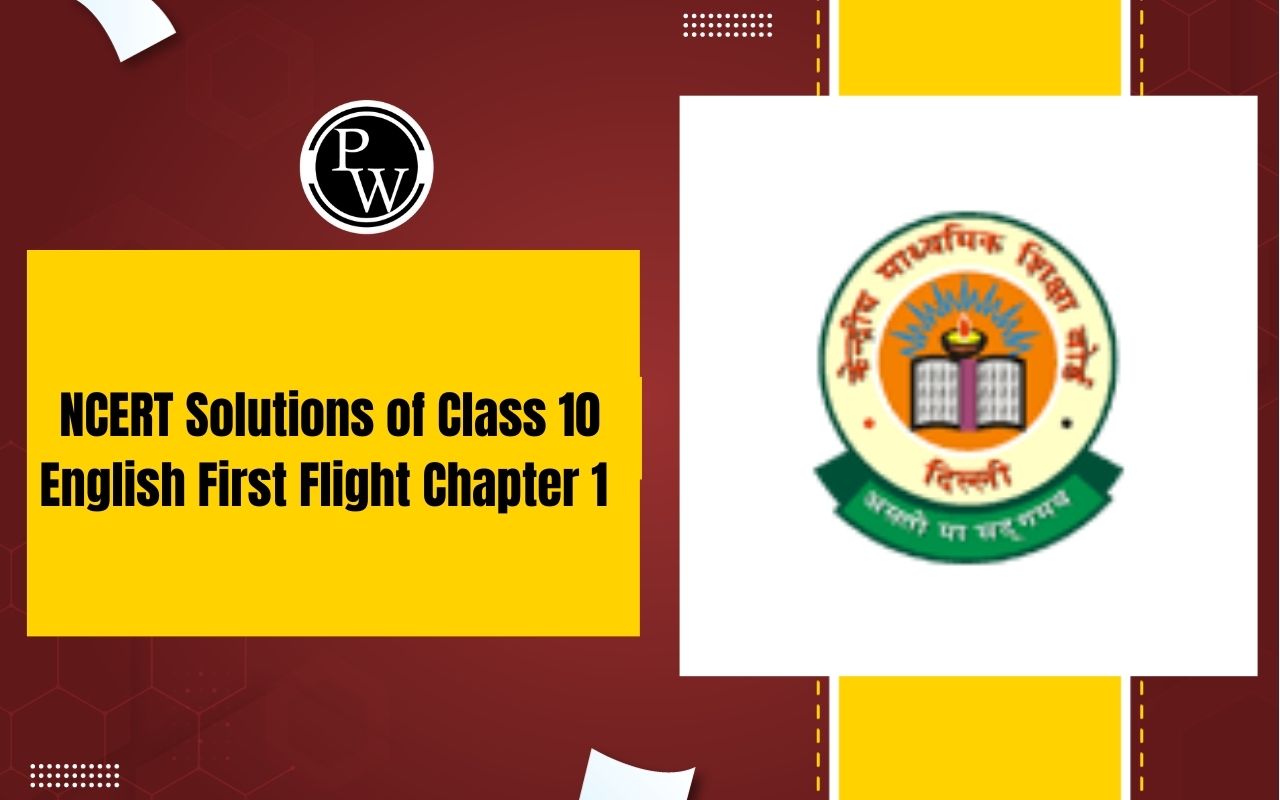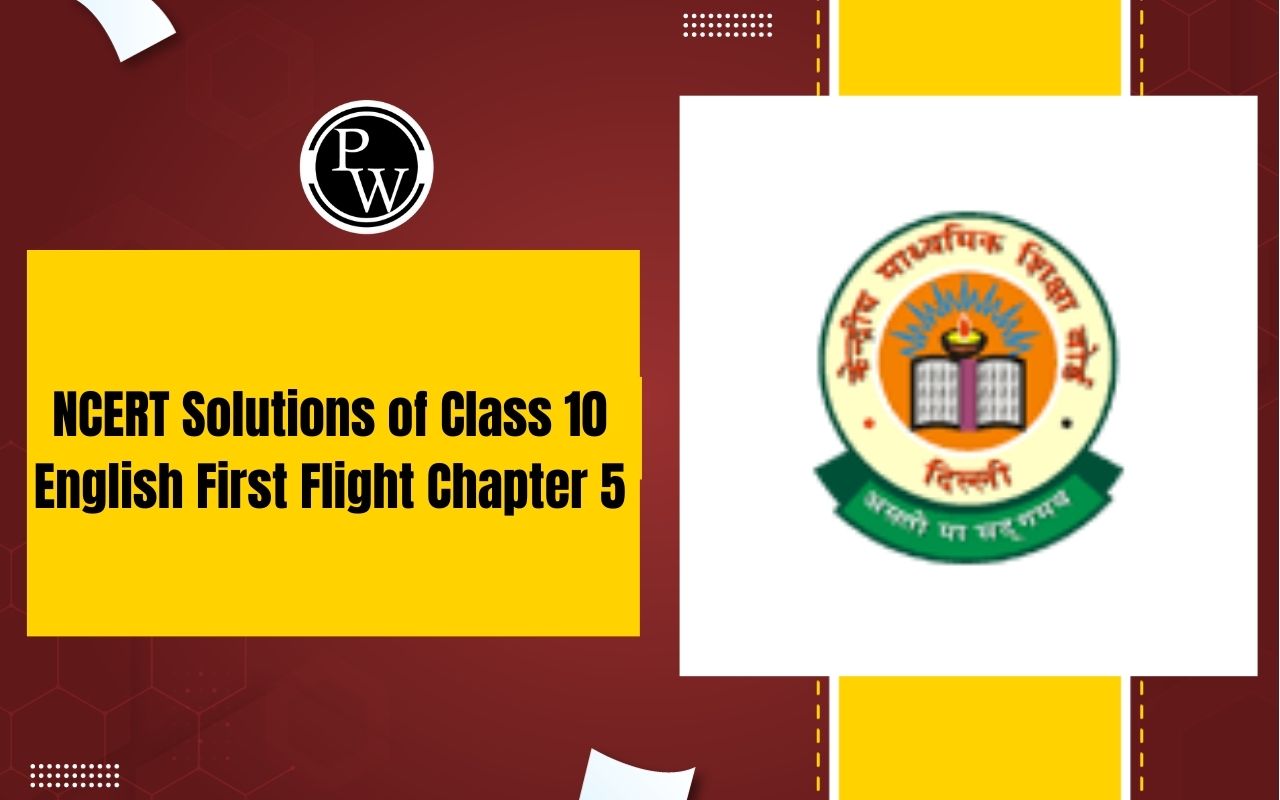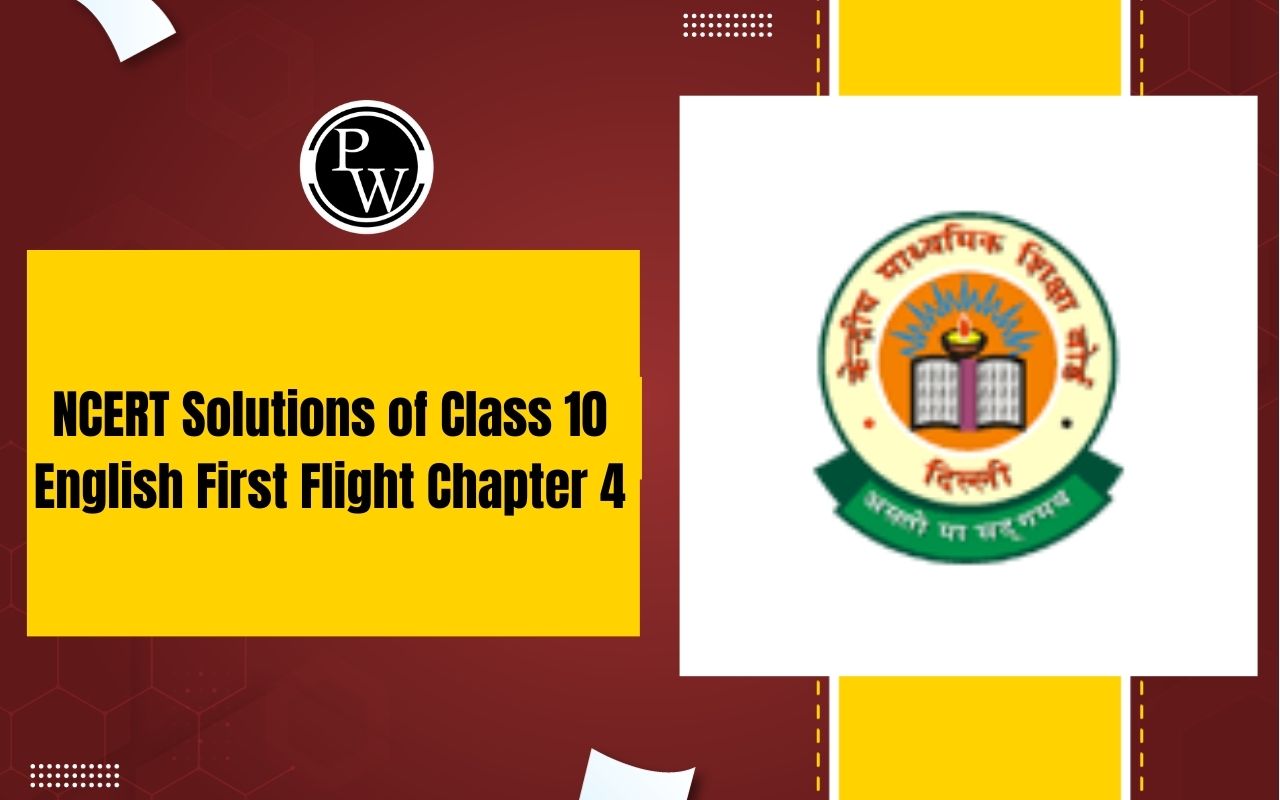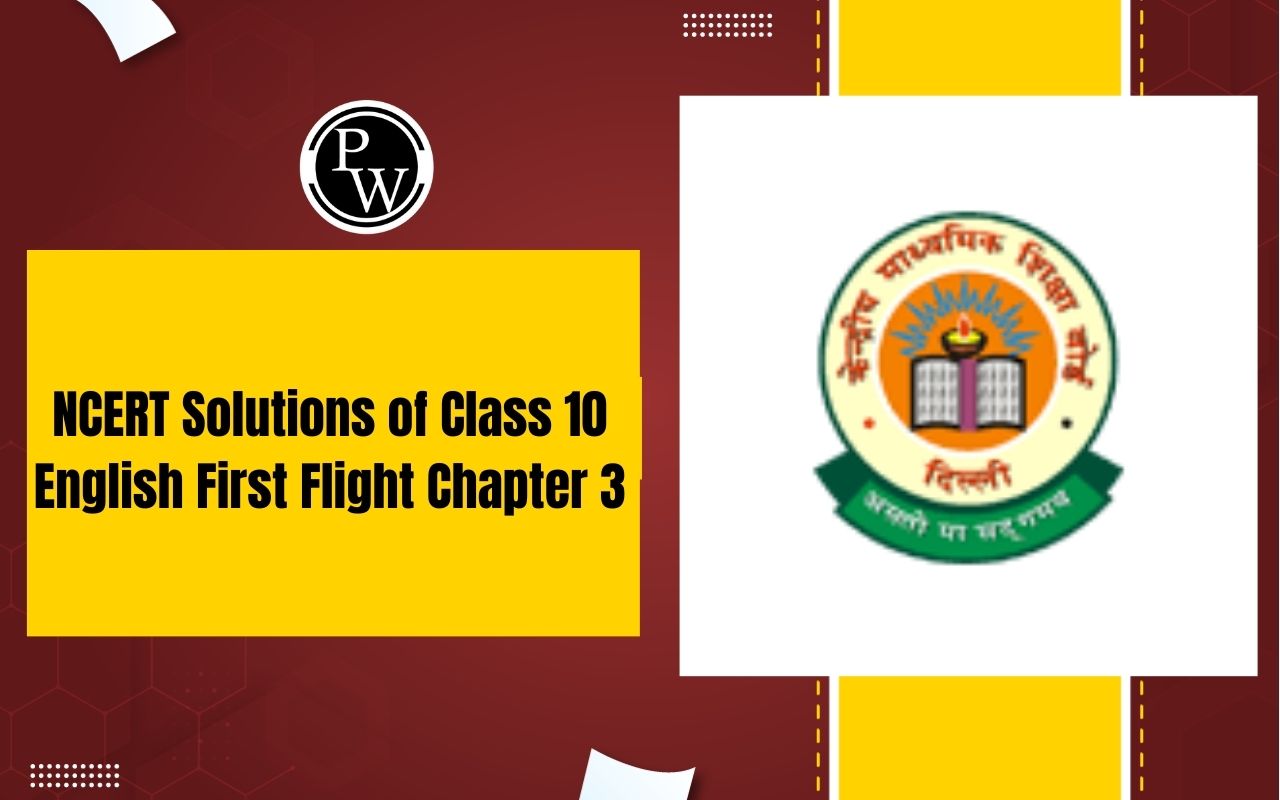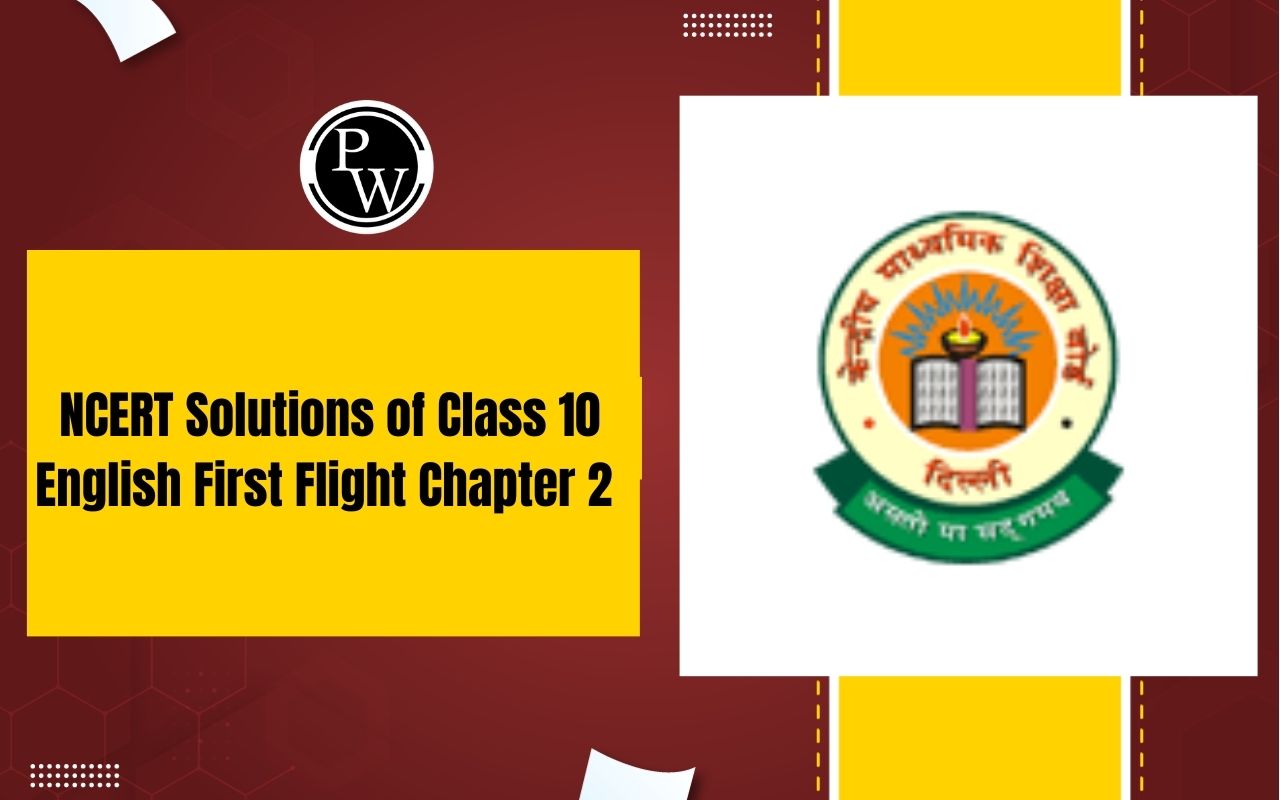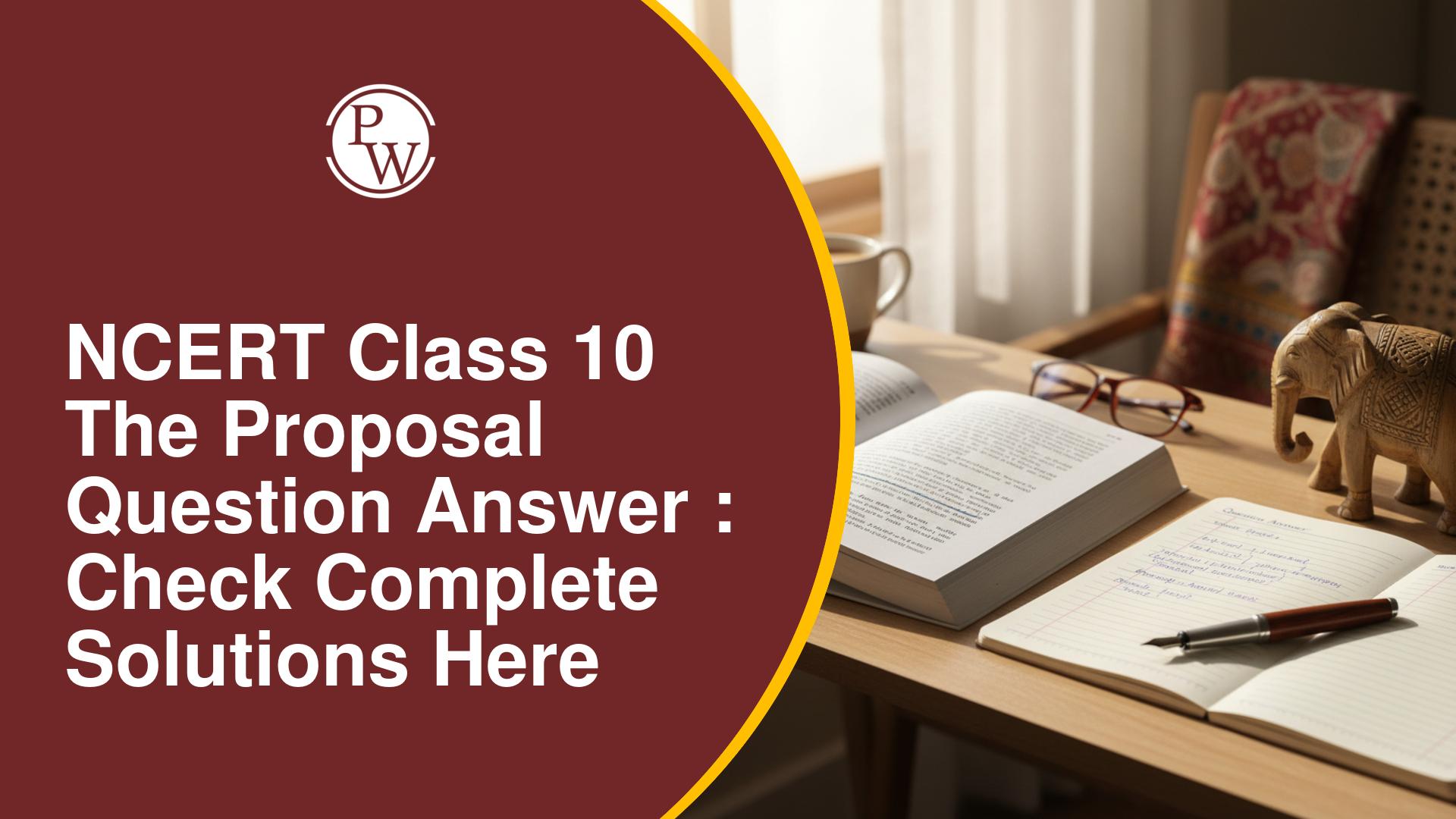
Important Questions for Class 10 Maths Chapter 15: Probability is a fundamental concept in mathematics that plays a crucial role in various real-life scenarios, from predicting outcomes to making informed decisions. The probability Class 10 important questions are provided here to help students in gaining a thorough understanding of the concept. It is recommended that students practice from these important questions to improve their performance in the examination.
These important questions from the probability chapter are also available for download in PDF format for the convenience of students. Students preparing for the CBSE Class 10 board exams are advised to review these Probability questions to maximize their marks in this chapter. Students can benefit from referring to solutions prepared by Physics Wallah experts for all Math chapters. Important questions for Class 10 Maths of all chapters are also available to help students in their exam preparation journey.Important Questions for Class 10 Maths Chapter 15 Overview
Probability is the second chapter in the 7th unit of the CBSE Class 10 Mathematics syllabus. This unit carries a weightage of 11 marks in the examination. In this article, we provide a comprehensive range of questions, including Multiple Choice Questions, 1 mark objective type questions, short answer questions of 2 and 3 marks, long answer questions, and some case study questions, derived from Chapter 15 Probability. Mere memorization of formulas and solving questions from the textbook is not enough. Candidates must also practice the 'right' questions to enhance their understanding and problem-solving skills. Therefore, these questions have been meticulously prepared after thorough analysis by subject experts, aiming to provide the best assistance to students in their exam preparation.Important Questions for Class 10 Maths Chapter 15 Probability
Q.1. A bag contains a red ball, a blue ball and a yellow ball, all the balls being of the same size. Kritika takes out a ball from the bag without looking into it. What is the probability that she takes out the
(i) yellow ball? (ii) red ball? (iii) blue ball?Solution:
Kritika takes out a ball from the bag without looking into it. So, it is equally likely that she takes out any one of them from the bag. Let Y be the event ‘the ball taken out is yellow’, B be the event ‘the ball taken out is blue’, and R be the event ‘the ball taken out is red’. The number of possible outcomes = Number of balls in the bag = n(S) = 3. (i) The number of outcomes favourable to the event Y = n(Y) = 1. So, P(Y) = n(Y)/n(S) =1/3 Similarly, (ii) P(R) = 1/3 and (iii) P(B) = ⅓Q.2. A letter is chosen at random from the letters of the word “ASSASSINATION”, then the probability that the letter chosen is a vowel is in the form of 6/ (2x+1), then x is equal to
Solution:
Given A letter is chosen at random from the letters of the word 'ASSASSINATION', then the probability that the letter chosen is a vowel and is in the form of 6/2 x+1 then x is equal to So the word ASSASSINATION comprises of 13 letters and 6 vowels. So out of these letters one letter can be chosen in 13 ways. So we have number of events is 6 and number of outcomes is 13 Also Probability is of the form 6 / 2x + 1 So Probability P = Number of events / number of outcomes 6/(2x + 1) = 6 / 13 1/2x + 1 = 1/13 Or 2x + 1 = 13 2x = 13 – 1 2x = 12 Or x = 12 / 2 Or x = 6Q.3. An integer is chosen between 0 and 100. What is the probability that it is
(i) divisible by 7? (ii) not divisible by 7?Solution:
Number of integers between 0 and 100 = n(S) = 99 (i) Let E be the event ‘integer divisible by 7’ Favourable outcomes to the event E = 7, 14, 21,…., 98 Number of favourable outcomes = n(E) = 14 Probability = P(E) = n(E)/n(S) = 14/99 (ii) Let F be the event ‘integer not divisible by 7’ Number of favourable outcomes to the event F = 99 – Number of integers divisible by 7 = 99-14 = 85 Hence, the required probability = P(F) = n(F)/n(S) = 85/99Q.4. Cards marked with the number 2 to 101 are placed in a box and mixed thoroughly. One card is drawn from the box. Find the probability that the number on the card is:
(i) An even number (ii) A number less than 14 (iii) A number is perfect squareSolution:
Total even no from 2 to 101=50 i)probability of drawing an even no= total even no/ total no =50/100 =1/2=0.5 ii)no less than 14 = 13 Probability =13/100 =0.13 iii) total perfect square=9 Probability =9/100 =0.09Q.5. 12 defective pens are accidentally mixed with 132 good ones. It is not possible to just look at a pen and tell whether or not it is defective. One pen is taken out at random from this lot. Determine the probability that the pen is taken out is a good one.
Solution:
Numbers of pens = Numbers of defective pens + Numbers of good pens ∴ Total number of pens = 132 + 12 = 144 pens P(E) = (Number of favourable outcomes) / (Total number of outcomes) P(picking a good pen) = 132/144 = 11/12 = 0.916Q.6. A die is thrown once. What is the probability of getting a number less than 3?
Solution:
Given that a die is thrown once. Total number of outcomes = n(S) = 6 i.e. S = {1, 2, 3, 4, 5, 6} Let E be the event of getting a number less than 3. n(E) = Number of outcomes favourable to the event E = 2 Since E = {1, 2} Hence, the required probability = P(E) = n(E)/n(S) = 2/6 = 1/3Q.7. The probability of selecting a rotten apple randomly from a heap of 900 apples is 0.18. What is the number of rotten apples in the heap?
Solution:
Given, Total number of apples in the heap = n(S) = 900 Let E be the event of selecting a rotten apple from the heap. Number of outcomes favourable to E = n(E) P(E) = n(E)/n(S) 0.18 = n(E)/900 ⇒ n(E) = 900 × 0.18 ⇒ n(E) = 162 Therefore, the number of rotten apples in the heap = 162Q.9. Five cards – ten, jack, queen, king, and an ace of diamonds are shuffled face downwards. One card is picked at random.
(i) What is the probability that the card is a queen? (ii) If a king is drawn first and put aside, what is the probability that the second card picked up is the (a) ace? (b) king?Solution:
We use the basic formula for probability to solve the problem. Total number of cards = 5 Number of queen cards = 1 (i) Probability that the card is the queen = Number of possible outcomes/Total number of favourable outcomes = 1/5 (ii) If the queen is drawn and put aside, then four cards are left the ten, jack, king and ace of diamonds (a) Probability that the card an ace = Number of possible outcomes/Total number of favourable outcomes = 1/4 (b) Probability that the card is the queen = Number of possible outcomes/Total number of favourable outcomes = 0/4 = 0Q.10. If the probability of winning a game is 0.07, what is the probability of losing it?
Solution:
Given that the probability of winning a game = 0.07 We know that the events of winning a game and losing the game are complementary events. Thus, P(winning a game) + P(losing the game) = 1 So, P(losing the game) = 1 – 0.07 = 0.93Q.11. If P(E) = 0.05, what is the probability of ‘not E’?
Solution:
We know that, P(E) + P(not E) = 1 It is given that, P(E) = 0.05 So, P(not E) = 1 – P(E) P(not E) = 1 – 0.05 ∴ P(not E) = 0.95Q.12. Two dice are thrown at the same time. Find the probability of getting
(i) the same number on both dice. (ii) different numbers on both dice.Solution:
Given that, Two dice are thrown at the same time. So, the total number of possible outcomes n(S) = 62 = 36 (i) Getting the same number on both dice: Let A be the event of getting the same number on both dice. Possible outcomes are (1,1), (2,2), (3, 3), (4, 4), (5, 5) and (6, 6). Number of possible outcomes = n(A) = 6 Hence, the required probability =P(A) = n(A)/n(S) = 6/36 = 1/6 (ii) Getting a different number on both dice. Let B be the event of getting a different number on both dice. Number of possible outcomes n(B) = 36 – Number of possible outcomes for the same number on both dice = 36 – 6 = 30 Hence, the required probability = P(B) = n(B)/n(S) = 30/36 = 5/6Q.13. A bag contains 5 red , 4 green and 3 blue balls. If a ball is drawn at random, what is the probability of getting a red ball?
Solution:
The correct option is B 5/ 12 Total number of balls in the bag = 5 + 4 + 3 = 12 Number of red ball = 5 ∴ The probability of getting a red ball = n u m b e r o f f a v o u r a b l e o u t c o m e s t o t a l n u m b e r o f o u t c o m e s = 5/ 12Q.14: Which among the following cannot be the probability of an event?
(A)1/3 (B) 0.1 (C) 3% (D)17/16Solution:
The probability for the event always lies between 0 and 1. Probability for the event cannot be more than 1 or negative as (17/16) > 1 So, option (D) is correctQ.15: The probability expressed as the percentage for the particular occurrence can never be
(A) less than 100 (B) less than 0 (C) greater than 1 (D) anything but the whole number Solution: We are aware that the probability expressed as a percentage always lies between 0 and 100. Thus, it cannot be less than 0. Thus, the correct answer is an option (B).Benefits of Solving Important Questions for Class 10 Maths Chapter 15
Understanding Key Concepts: Important questions cover important concepts of Probability, helping students gain a deeper understanding of the topic.
Exam Preparation: Solving these questions helps students prepare effectively for their Class 10 board exams by familiarizing them with the types of questions they may encounter.
Identifying Important Topics: By focusing on important questions, students can identify key topics within the chapter that are likely to appear in the exam.
Improving Problem-Solving Skills: Practicing a variety of important questions enhances students problem-solving skills and boosts their confidence in tackling different types of problems.
Time Management: Solving important questions helps students improve their time management skills, as they learn to allocate time efficiently to different types of questions.
Important Questions for Class 10 Maths Chapter 15 FAQs
What is probability class 10 maths?
How to solve probability?
Who is the father of probability?
What types of questions are included in important questions for Chapter 15 Probability?

